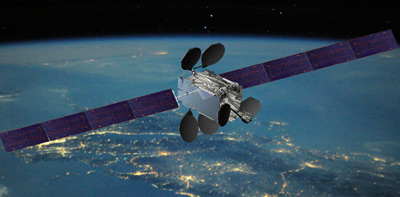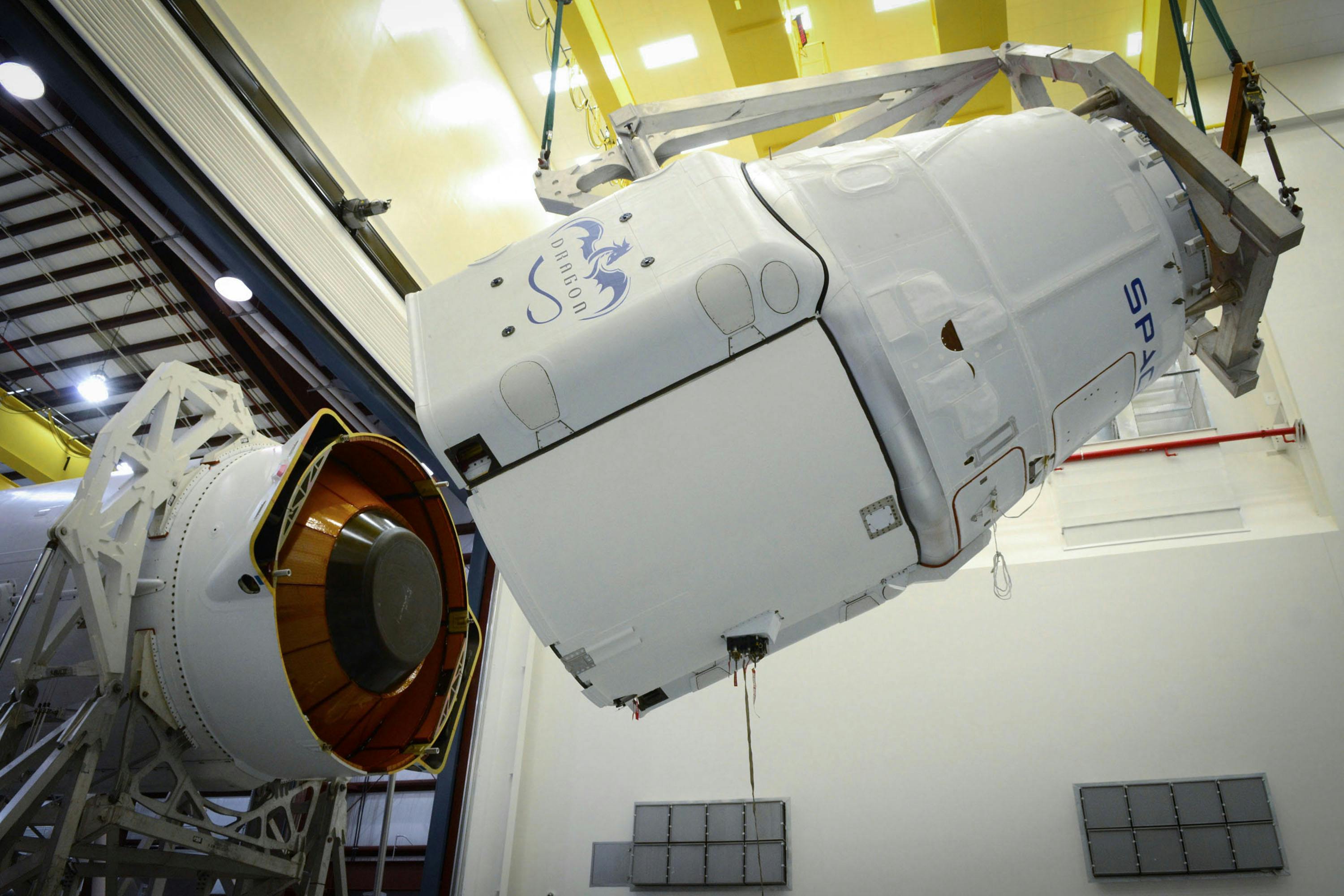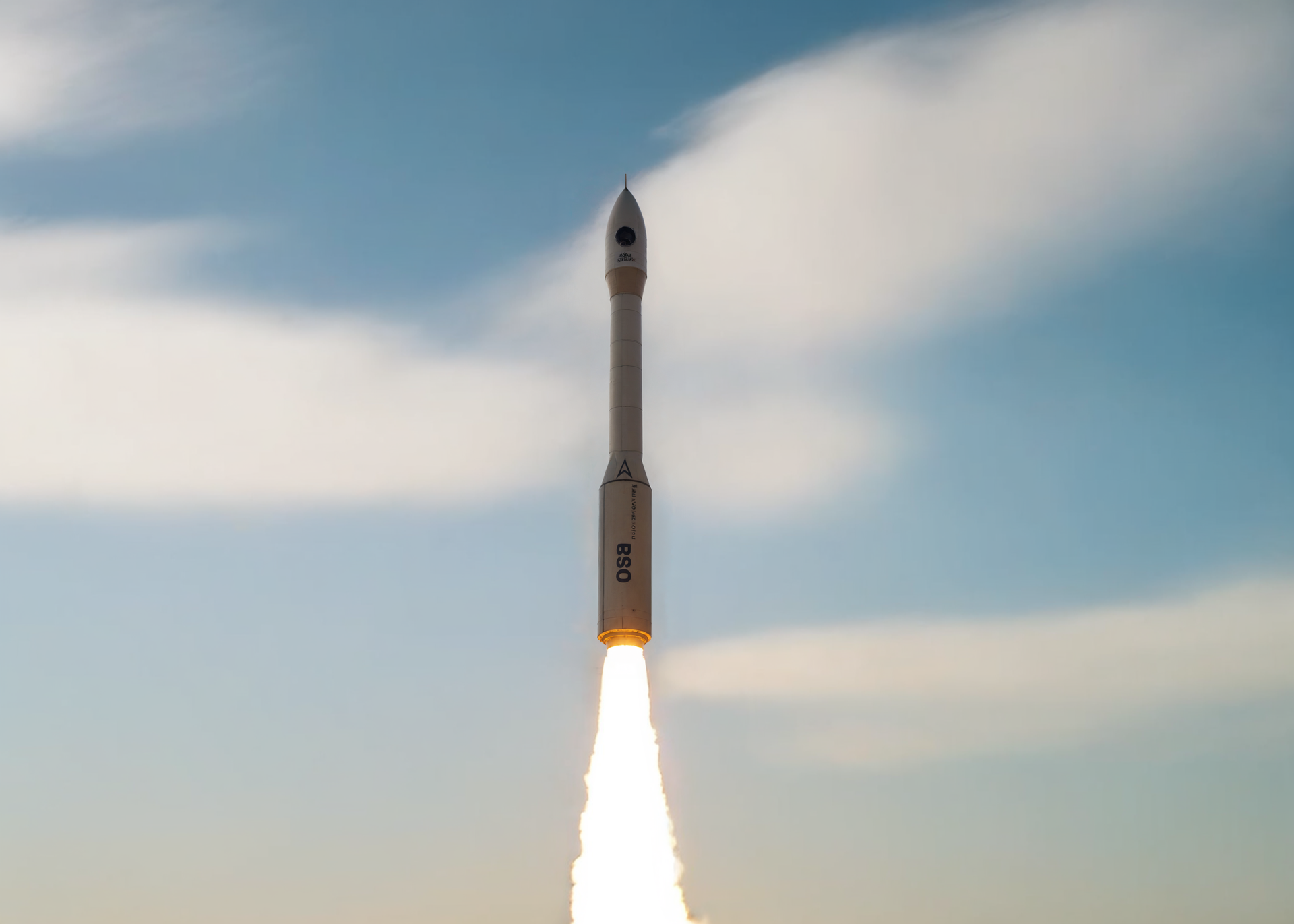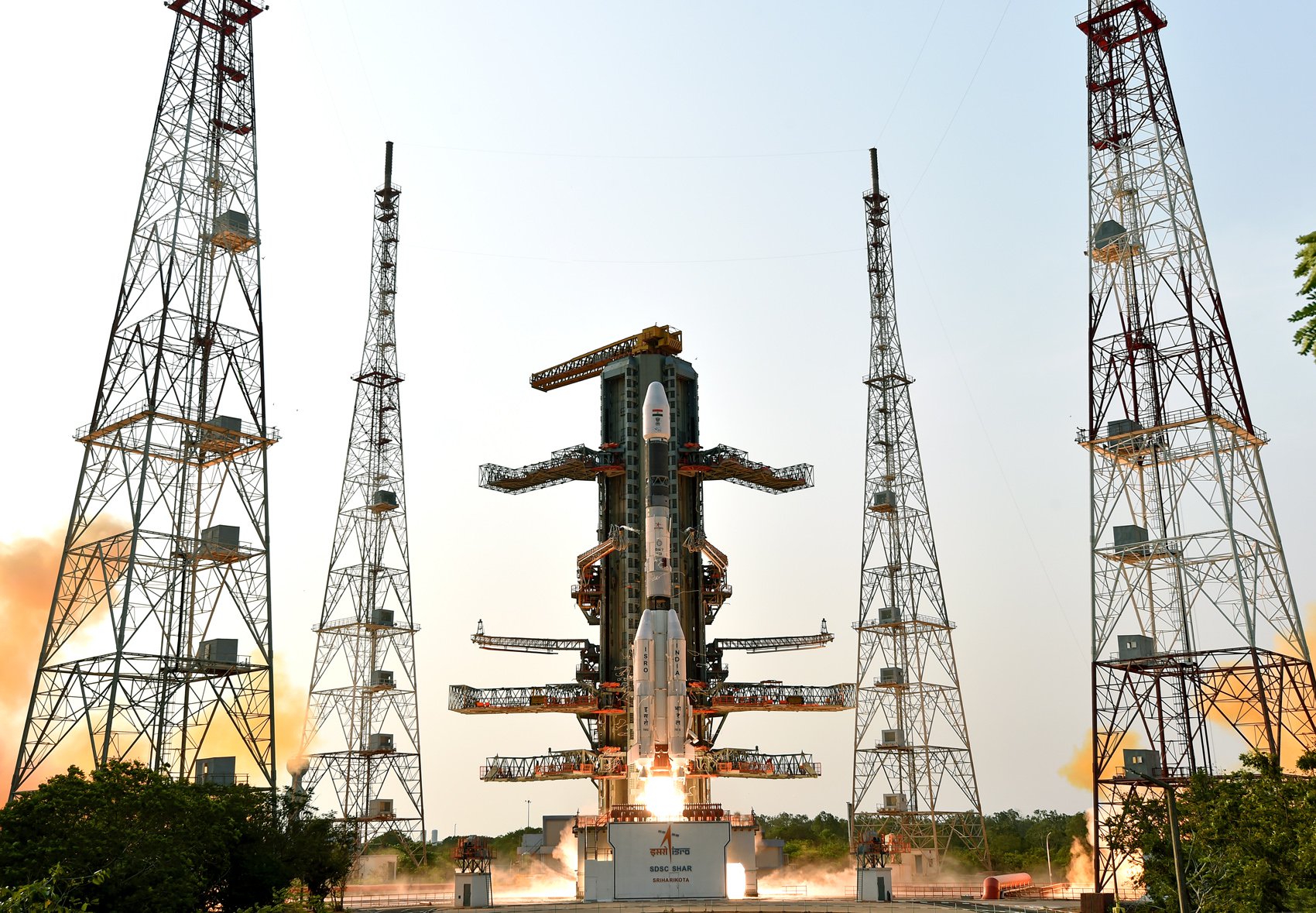· space brief · 6 min read
Space Brief 29 Oct 2024
Today's space brief covers an impressive SpaceX launch record, China's upcoming crew mission to its space station, an Intelsat 33e debris observation, and more. Key topics include SpaceX's Starship events, ESA's Hera mission updates, and Boeing's potential space division sale.

📄Top Stories
SpaceX celebrates a historic achievement with the 73rd launch from Florida this year, setting a new Space Coast record. Meanwhile, China prepares to send another crew to its own space station. In orbit, Intelsat 33e’s breakup adds 500 pieces of space debris to geostationary space, a concern for satellite operations.
📰Detailed Coverage
China Gears Up for Next Crew Mission
China is on the edge of its next significant space mission, preparing to launch a crew to its orbiting space station early Wednesday. This mission strengthens China’s status as a key player in space exploration, building on a series of successful launches and advancements.
The well-coordinated efforts showcase China’s growing capabilities in human spaceflight, with this operation being part of a larger strategic plan to expand its presence in low Earth orbit. For satellite trackers, observing Chinese space station activities can provide insights into China’s technological progress and operational methodologies.
Read the full story: Phys.org
SpaceX’s Lands 73rd Launch in 2024
SpaceX marks its 73rd launch from Florida in 2024, setting a new record for the number of launches from the Space Coast in a single year. This milestone underlines SpaceX’s ambitious pace in expanding the Starlink constellation and other missions.
This accomplishment reflects SpaceX’s relentless drive for increasing launch frequency and reusability, contributing significantly to global satellite distribution and internet access via Starlink. Real-time satellite tracking of these new deployments becomes ever more crucial for enthusiasts and researchers alike.
Read the full story: Phys.org
Intelsat 33e Falls Apart in Orbit
ExoAnalytic Solutions has observed about 500 fragments stemming from the recent breakup of Intelsat 33e in geostationary orbit. This incident represents another significant event contributing to the growing concern over space debris in valuable orbital slots.
The event draws attention to the critical need for enhanced tracking and debris mitigation strategies in geostationary orbits, a focal point for satellite operators and governments maintaining long-term satellite operations and safety.
Read the full story: SpaceNews
SpaceX’s Starship Narrowly Avoids Mishap
Earlier this month, SpaceX’s Starship booster narrowly avoided crashing during a complex post-launch recovery operation. The Super Heavy booster was just a second away from aborting its landing, highlighting the precision required for future mission success.
Such incident reports provide valuable lessons for improving automated recovery systems and boosting confidence in rapid reuse technologies. Tracking the development of these technologies offers insight into the evolving landscape of space transportation.
Read the full story: Space.com
Boeing Considers Selling Space Division
Facing financial adversity, Boeing is reportedly exploring the sale of its space division, including its Starliner program. This decision comes amidst operational challenges and delays in the Starliner capsule’s development.
The potential sale could reshape the industry’s landscape, impacting partnerships in space transportation and human spaceflight. For satellite operations, a change in Boeing’s role may affect related initiatives and technology advancements.
Read the full story: Space.com
ESA’s Hera Mission CubeSats Check In
The CubeSats on ESA’s Hera asteroid mission successfully sent their first signals back to Earth, confirming nominal status after their long journey. This milestone marks a significant technical achievement, especially as ESA embarks on deep-space operations with small satellite platforms.
The ability of CubeSats to operate in deep-space environments is a crucial step toward more cost-effective exploration missions, highlighting the increasing utility of compact technology for complex space missions.
Read the full story: Phys.org
SpaceX Notches Another Starlink Launch
SpaceX continues its prolific Starlink deployment with another launch slated for today from California, involving 20 new satellites. This launch involves 13 satellites with direct-to-cell capabilities, indicating a technological push to enhance global connectivity.
Operators can track these Starlink deployments to understand network expansions and their immediate impact on global internet coverage. This tracking capability is integral for managing the burgeoning constellation for users and developers alike.
Read the full story: Space.com
🛰️Satellite Spotlight
- Satellite Name: G-11A Canister
- NORAD ID: 27051
- Launch Date: 1990-08-14
- Mission: Small Canister deployed by CRRES mission to study Earth’s magnetosphere and particle environments
- Orbit: Inclination 18.32°, Period 513.25 minutes, Eccentricity 0.684
- Operator: NASA’s Marshall Space Flight Center (MSFC)
- Fun Fact: Part of a mission that helped understand the dynamic conditions in Earth’s magnetosphere during the early 90s.
Current TLE Data:
1 27051U 90065U 24297.77512131 .00001651 00000-0 14080-2 0 99994
2 27051 18.3234 344.1388 6843548 141.8636 295.3767 2.80563171115982Track this satellite in real-time on our web app: Track G-11A Canister
🚀 Upcoming Space Launches
October 29
-
SpaceX Falcon 9:
- Starlink Group 9-9 from Vandenberg Space Force Base, CA, USA (11:44 UTC) A batch of 20 satellites for the Starlink mega-constellation - SpaceX’s project for space-based Internet communication system.
-
China Aerospace Science and Technology Corporation Long March 2F/G:
- Shenzhou 19 from Jiuquan Satellite Launch Center, People’s Republic of China (20:17 UTC) Eighth crewed flight to the Chinese space station.
October 30
- SpaceX Falcon 9:
- Starlink Group 10-13 from Cape Canaveral Space Force Station, FL, USA (21:10 UTC) A batch of satellites for the Starlink mega-constellation - SpaceX’s project for space-based Internet communication system.
October 31
- Russian Space Forces Soyuz 2.1b:
- Kosmos (Unknown Payload) from Plesetsk Cosmodrome, Russian Federation (07:00 UTC) Russian military payload of unknown purposes.
November 2
- SpaceX Falcon 9:
- Starlink Group 9-10 from Vandenberg Space Force Base, CA, USA (08:56 UTC) A batch of satellites for the Starlink mega-constellation - SpaceX’s project for space-based Internet communication system.
November 3
-
Mitsubishi Heavy Industries H3-22:
- DSN 3 (Kirameki 3) from Tanegashima Space Center, Japan (06:46 UTC) A geostationary communications satellite for military communications by the Japanese military.
-
SpaceX Falcon 9:
- Starlink Group 6-77 from Cape Canaveral Space Force Station, FL, USA (21:57 UTC) A batch of satellites for the Starlink mega-constellation - SpaceX’s project for space-based Internet communication system.
November 4
-
Rocket Lab Electron:
- Changes In Latitudes, Changes In Attitudes from Rocket Lab Launch Complex 1, Mahia Peninsula, New Zealand (10:30 UTC) Launch of a yet-to-be-identified satellite to SSO for an undisclosed customer, suspected to be a Low Earth Orbit communication satellite constellation operator E-Space.
-
Russian Federal Space Agency (ROSCOSMOS) Soyuz 2.1b/Fregat-M:
- Ionosfera-M 1 & 2 from Vostochny Cosmodrome, Siberia, Russian Federation (23:18 UTC) Ionosfera is a constellation of four ionospheric and magnetospheric research satellites developed for the Roscosmos project Ionozond.
November 5
- SpaceX Falcon 9:
- Dragon CRS-2 SpX-31 from Kennedy Space Center, FL, USA (02:29 UTC) 31st commercial resupply services mission to the International Space Station. Cargo Dragon 2 brings supplies and payloads, including critical materials to directly support science and research investigations onboard.
Note: Launch dates and times are subject to change due to technical or weather considerations.

Maurice Stellarski





